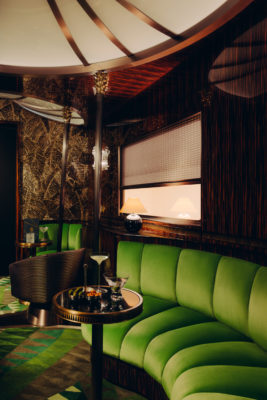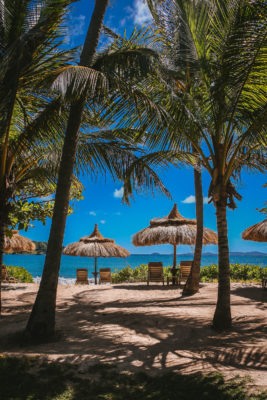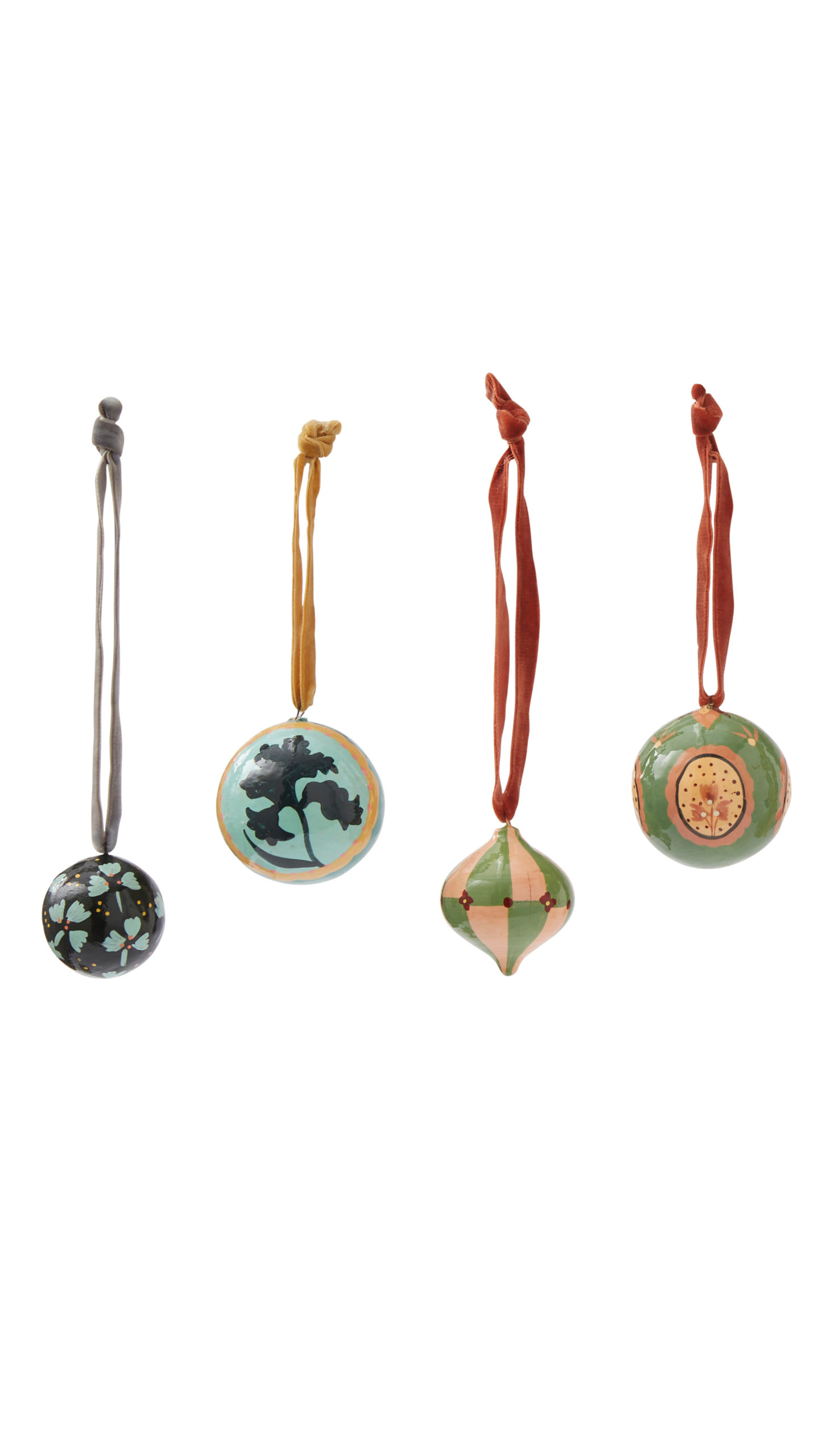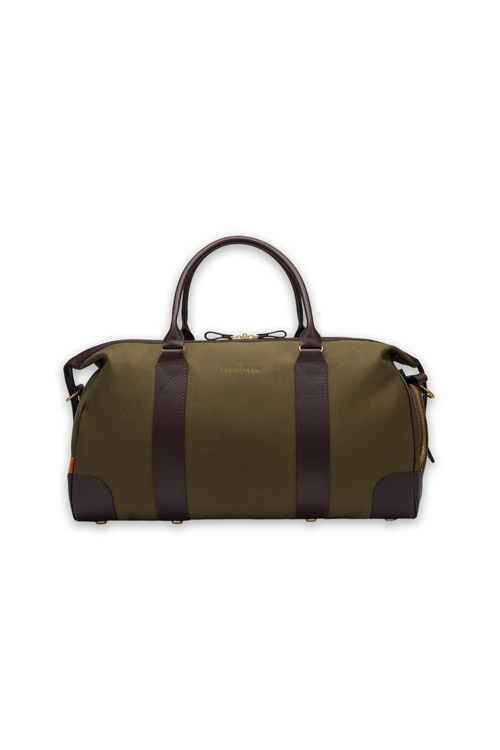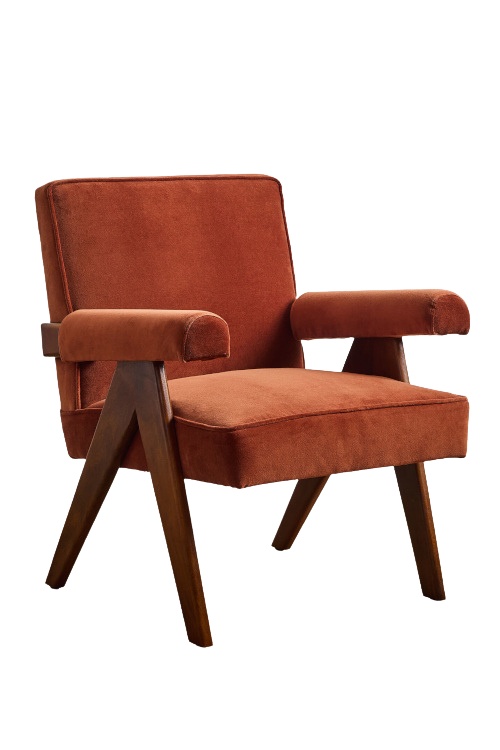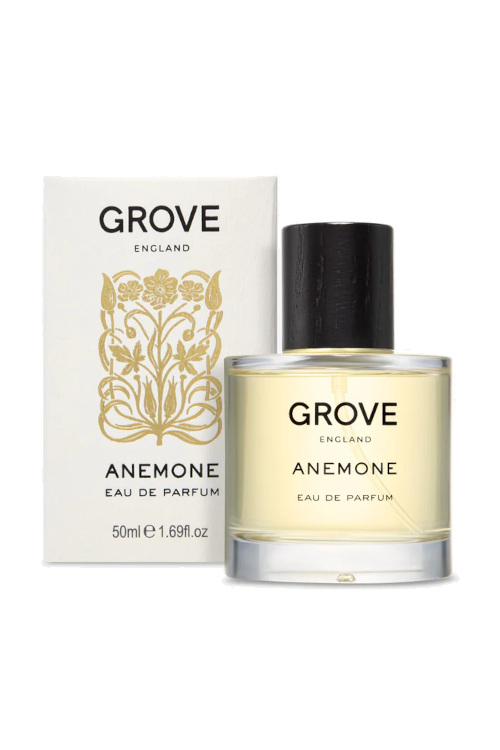
50 Years On From Pol Pot, Cambodia Is The New Eco-Luxury Destination
By
27 seconds ago
Exploring Siem Reap, Phnom Penh, and the Cardamom Mountains, finding eco-luxury, culinary icons, and wildlife conservation in a nation that is shedding its past
Fifty years on from Pol Pot’s arrival in Cambodia, Stephanie Drax discovers a country redefining itself with resilience, creativity and a commitment to sustainability.
How Cambodia Became More Than A Bolt-On Holiday
On the dusty streets of Siem Reap are clusters of Cambodian children standing in the baking April sun, white talcum powder and cheeky grins plastered across their determined faces. They’re armed with water in buckets and plastic pump action pistols, ready to drench me and any other passersby – easy targets in tuk-tuks. These kids are playing their part in the Khmer New Year jubilations, symbolically washing away bad luck from the previous year and soaking us all in the promise and potential of what lies ahead.
In 2025, this auspicious celebration coincided with the 50th anniversary of the darkest shift in Cambodia’s fortunes: the abrupt arrival of Pol Pot and his communist Khmer Rouge forces in Phnom Penh. A grim chapter began on 17 April, 1975 – the first day of what the regime coined Year Zero – in which violence raged, fear consumed, and 20 percent of the country’s population perished. With much of a generation erased in three years – along with family, culture, religion and education – Cambodia has had to be resilient and resourceful to cope with its legacy.
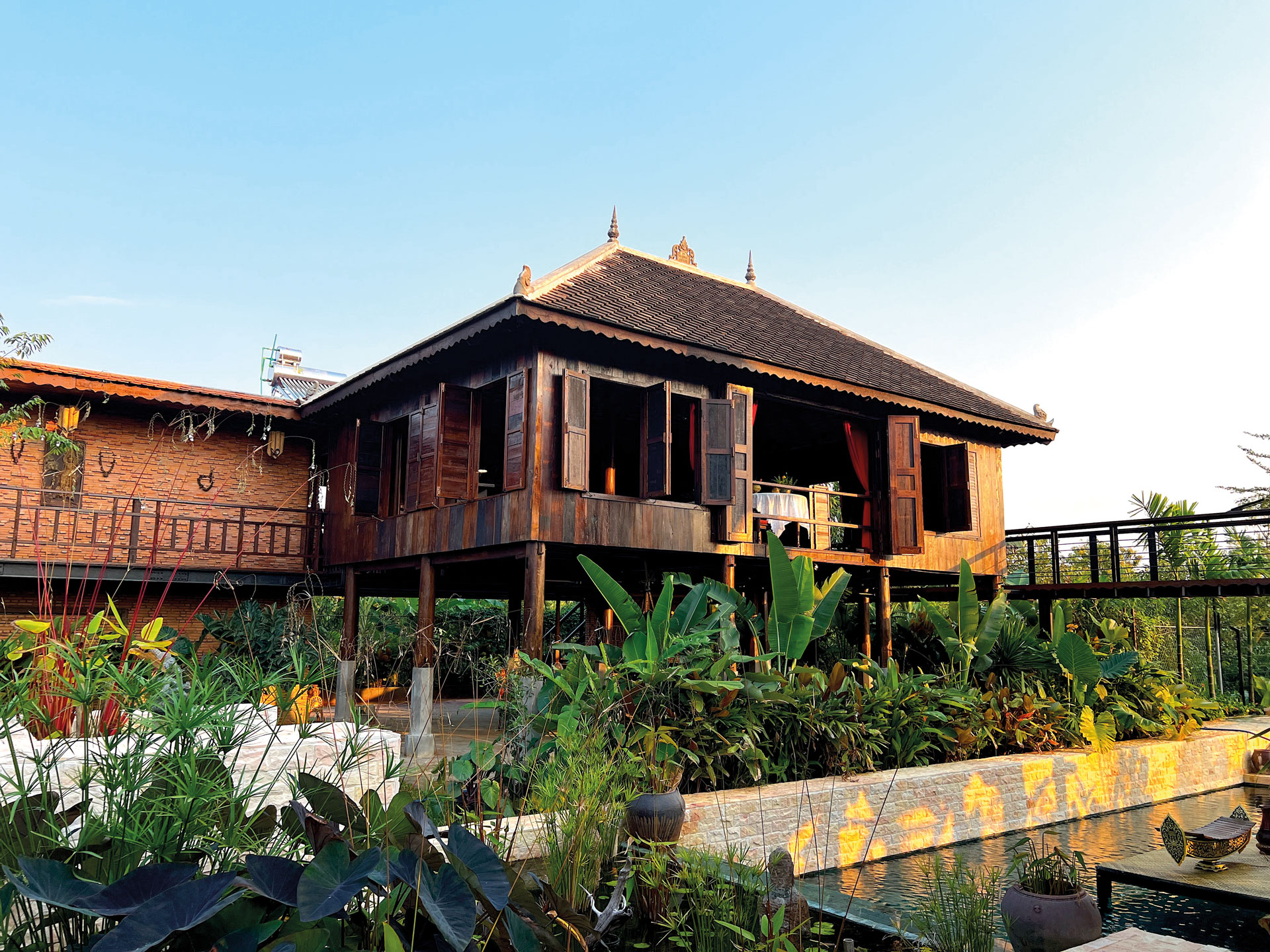
Chef Nak’s kitchen and dining area
Chef Nak – Cambodia’s culinary icon – grins broadly as she welcomes me into her antique wooden homestead outside of Phnom Penh, where two airy suites and an open kitchen encircle a swimming pool. Here, guests can learn Cambodian cooking skills that pre-date the Khmer Rouge – recipes Chef Nak has meticulously collected from all corners of the country, from the memories of elders. ‘Food used to be about celebration and stories between generations,’ she says, ‘then cooking was banned and there was no food at all. Food became about survival.’ She teaches me the sweet, salty and sour balance of Tea Kanh, a duck salad with a delicate blush of flavours, and that night she creates fine dining poetry, weaving 100 jasmine flowers around a beef nataing curry. ‘Food is science, history, connections and preservation,’ she says passionately, ‘and I want to see our culture finally travel.’

Phare Circus’ performers ‘contort the tale of their country’s tragic past into physical feats’
In Siem Reap, tourists are drawn to atmospheric temple ruins and the majesty of Angkor Wat at dawn, but the city’s story is also embedded in the acts of Cambodian people. The performers at Phare Circus are brave: the founding troupe was orphaned during the genocide, and artists today are recruited from hardship to hone skills, to make a show and a living. They contort the tale of their country’s tragic past into physical feats, and Sreyleak, the circus’ young star, makes me tearful with her visceral performance. Now 26 years old, she joined the circus aged 11 when she lost both parents. ‘This is my family now,’ she tells me softly, ‘and my future is as big as a rice field.’
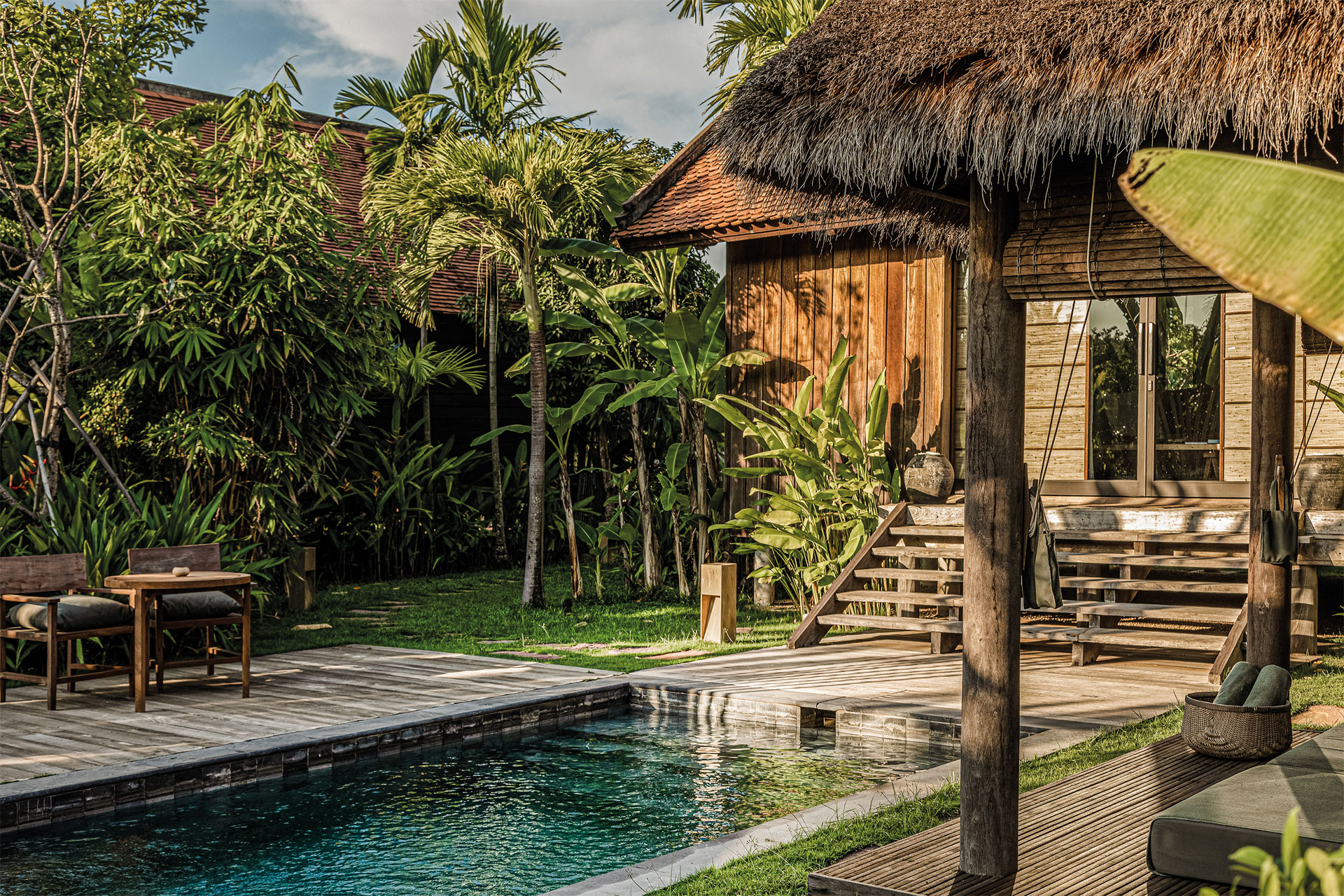
The first hotel in Cambodia to be Green Globe certified, Phum Baitang uses completely local food and craftsmanship, and is fully plastic-free
On the outskirts of Siem Reap, I arrive at an eight-hectare eco-hotel where rice fields form a spectacular centrepiece. Phum Baitang (translated as Green Village) features picturesque wooden villas on stilts studded across the paddies and is the first hotel in Cambodia to be certified by Green Globe in recognition of its sustainability initiatives (100 percent plastic free; 100 percent locally supplied food and craftsmanship). Channelling a pre-war Cambodian idyll, smiling staff cycle along paths lined with rose apple and moringa trees, and buffalo are cooled with a hose in the heat. It’s a romantic reimagining, and where Angelina Jolie chose to stay while she directed the film First They Killed My Father, an adaptation of Loung Ung’s must-read memoir of her childhood under the regime.
Cambodia is one of the most landmine-affected countries in the world. These war relics have triggered tragedy in rural communities, but assistance arrived in 2014 in the shape of a giant African rat. Trained to scan land the size of a tennis court in just 30 minutes, the HeroRATS of Siem Reap – as named by the organisation that trains them, APOPO – are too light to set off the mines but can sniff out one-trillionth of a gram of TNT and alert detonation experts. At the APOPO visitors’ centre, I hold one of the 42 beautiful rats that last year contributed to the clearing of over 13 million sq/m of land, saving untold lives and limbs.

Song Saa private island
On the coast, the problem is plastic: single-use bottles are swept down-river or cruise in on ocean currents. Song Saa Private Island in the Koh Rong archipelago has poured its efforts into uplifting the local islanders to make a living collecting plastic debris. To date, 200 metric tonnes have been removed, allowing the ecosystem to thrive. Song Saa is as lyrical a hideaway as its name suggests, with pinch-me sunset and sunrise views, dreamy overwater dining, and a vast villa I don’t want to leave. The night boat ride is the grand finale: needlefish vault like skipping stones under our spotlight, and when I slip into the water, I float amid bioluminescent plankton under a canopy of stars.
In 1979, remnants of the Khmer Rouge retreated from the advancing Vietnamese army into the Cardamom Mountains, an area of dense rainforest near the Thai border. Today, it is one of the last remaining habitats for Asian elephants, clouded leopards, sun bears and Sunda pangolins. Poaching and deforestation are rife, but Cambodian hotelier Sokoun Chanpreda is committed to the region’s conservation.
Shinta Mani Wild, his famously flamboyant property co-founded by architect and designer Bill Bensley, benefits from the remote location – my 350-metre zipline arrival over a carpet of treetops is a thrilling introduction. The 865-acre jungle property, with its beguiling soundtrack of gibbons and cicadas and abundant snacks of sweet kuy fruit, pulls guests from the comfort of their splendid, tented quarters. The most extreme adventure on offer is a motorbike patrol with armed Wildlife Alliance rangers, rescuing captured animals, arresting poachers and loggers, and seizing illegal equipment. The confiscated items are piled high in a storeroom with over 12,000 animal snares, 679 chainsaws and 11 firearms, depicting their daily struggle.
From the cities, to the coast, to the Cardamom mountains, there are determined shoots of change in Cambodia. ‘The trauma of the regime touched every generation,’ says Chanpreda, ‘but after years of silence, the younger generation is helping Cambodia rediscover its voice and shape a new identity.’ So much more than a bolt-on for its ancient wonders to a southeast Asian holiday, Cambodia deserves for us to stay longer and celebrate its bright future.
BOOK IT
Scott Dunn offers a nine-night package in Cambodia from £7,095pp based on two people sharing, including flights and domestic travel, expert local guides, one night at Chef Nak Homestay, two nights in Phum Baitang, one night in Shinta Mani Angkor, three nights at Shinta Mani Wild, and two nights at Song Saa Private Island (scottdunn.com).
Stephanie’s flights from London Heathrow to Phnom Penh via Bangkok and back via Singapore had a carbon footprint of 3,268kg CO2e. ecollectivecarbon.com





